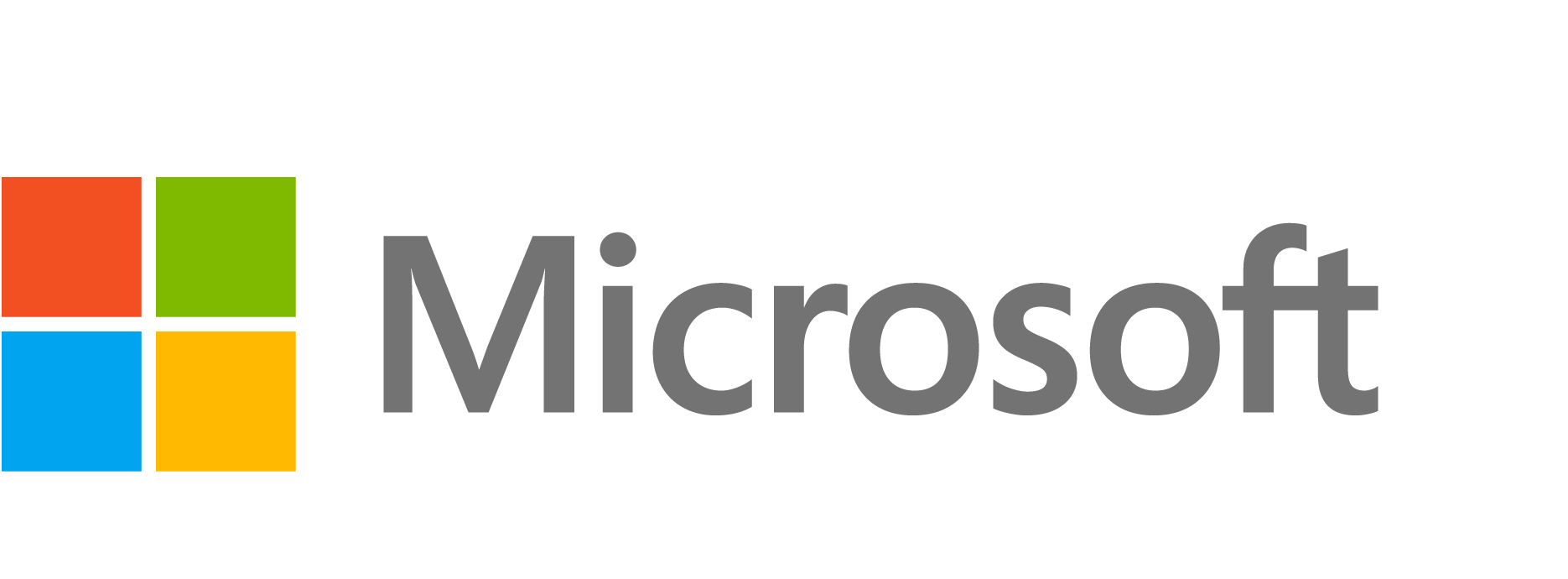Microsoft Power BI is a powerful business intelligence tool, but how do you determine if it’s the right choice for you or your organization? Making an informed decision about adopting Power BI involves considering several key factors:
- Data Needs: Evaluate your data requirements. Power BI is well-suited for organizations dealing with diverse data sources and complex data transformation needs. If you rely heavily on data analysis, it could be an excellent fit.
- Budget: Consider your budget constraints. Power BI offers various pricing tiers, including a free version with limited features. Assess which tier aligns with your financial resources.
- User Expertise: Assess the technical skills of your team. Power BI offers a user-friendly interface, but more advanced features may require a learning curve. Consider the available expertise within your organization or the willingness to invest in training.
- Integration: Check if Power BI integrates well with your existing software and data sources. It seamlessly connects with Microsoft products like Excel, SharePoint, and Azure, but it can also work with other data platforms.
- Scalability: Think about your future needs. Power BI can scale with your organization, accommodating increasing data volumes and users.
- Data Security: Evaluate your data security requirements. Power BI offers robust security features, including role-based access control and encryption, making it suitable for sensitive data handling.
- Collaboration: Consider collaboration needs. Power BI supports sharing and collaboration features, enabling team members to work on reports and dashboards together.
- Support and Community: Assess the availability of support resources and user communities. Microsoft provides extensive documentation, forums, and a strong user community for troubleshooting and learning.
- Customization: Determine if you need customized solutions. Power BI allows for extensive customization, including the creation of custom visuals and custom data connectors.
- Return on Investment (ROI): Finally, weigh the potential ROI. Evaluate how Power BI can impact your business, whether through improved decision-making, cost savings, or revenue generation.
In summary, choosing Microsoft Power BI involves considering your specific needs, budget, technical expertise, and long-term goals. By carefully evaluating these factors, you can make an informed decision about whether Power BI is the right fit for you or your organization’s data analytics and business intelligence needs.
Back to All Posts
